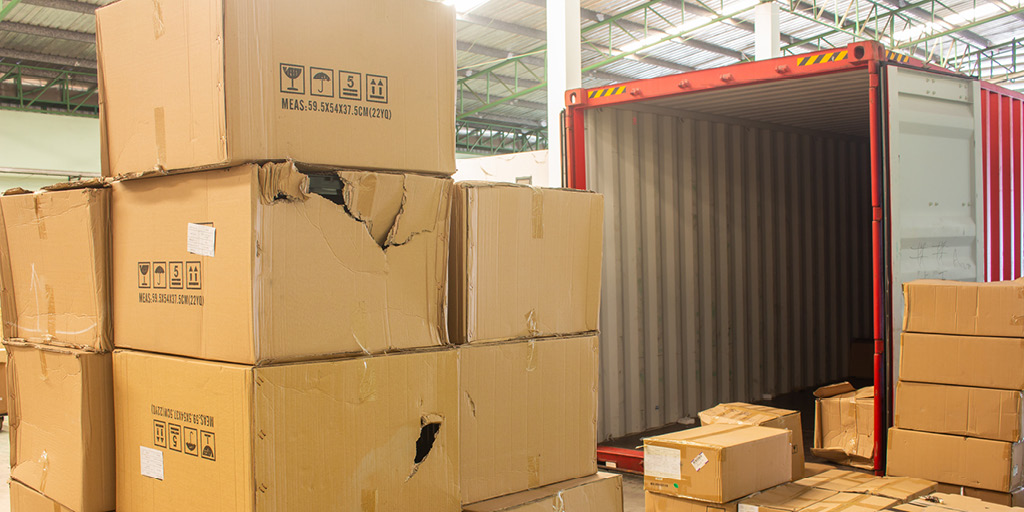Freight damage, theft, or loss occurs much more often than many shippers realize. And often that means basic freight damage claims process execution and management becomes a lower priority. That can be costly.
According to Packaging Digest, the range of damaged freight is significant: “As much as 11% of unit loads arriving at a distribution center have some level of case damage. On average, the figure is around 2%.”
What Is the Freight Damage Claim Process?
The freight claims process is a breach of contract claim that a shipper files against a carrier. Essentially, this process is how a shipper recoups the cost of the product and the shipping costs incurred.
While the carrier does carry the burden of making the shipper whole for the loss, there are a few ways shippers can accidentally forfeit their repayment. If the shipper fails to initiate the freight claims process on time, or the paperwork is missing key freight claims data, the claim could be denied.
Fortunately, the age of technology has made it easier than ever for you to streamline freight claims management and avoid such issues. In the end, freight claim process automation protects your bottom line.
Why Prevention Is Key to Mitigating Freight Damage Claims
6 Steps for Improving the Freight Damage Claims Process
1. Know When and Where Your Freight Will Arrive
Arriving late could be the first indicator that your freight is damaged. Late freight means faster handling and a greater risk for errors, like drops or improper packaging.
2. Inspect Freight Immediately and Document Damage!
Inspect all freight immediately and thoroughly document damage, including signs of damaged boxes and damage to other freight in the same shipment. Have the delivery driver review and sign off on the delivery receipt noting the number of boxes that are damaged. Be sure to include photos and prepare to file an actual claim.
3. DO NOT DISCARD DAMAGED FREIGHT!
Keeping the freight is perhaps the biggest reason for denials in the freight damage claims process. The carrier may ask for additional proof and wish to take ownership of the damaged goods or packaging materials as part of their freight claims process. If the carrier rep refuses to review the damaged freight, ask for an inspection waiver from the carrier.
4. Know the Freight Claim Liability Limits
Even if the carrier is fully at fault for the damage, there may be additional limits on the carrier liability. Therefore, know the value of your cargo and purchase applicable insurance for high-value goods when necessary.
5. Create a Damage Claim File
The damage claim file contains all evidence of the damaged freight and is the go-to resource during the claims process. However, you may upload the damage claim file within a digital document resource or even a connected TMS. The goal is to gather and share all information regarding damaged freight as quickly as possible.
6. Follow up With Carriers Regarding Freight Claims Processing and Status
While everyone would like to assume carriers will address claims immediately, the reality is that things can and do fall through the cracks. You need to have a process to follow up on claims and ensure their timely payment.
Improve Freight Claims Process with an Expert Partner
Fortunately, MercuryGate has that process well covered. Learn more about how MercuryGate enables proactive claims management by downloading the brochure here.
For more guidance that will help you streamline your claims management, download The Beginner’s Guide to Freight Claims Filing.


